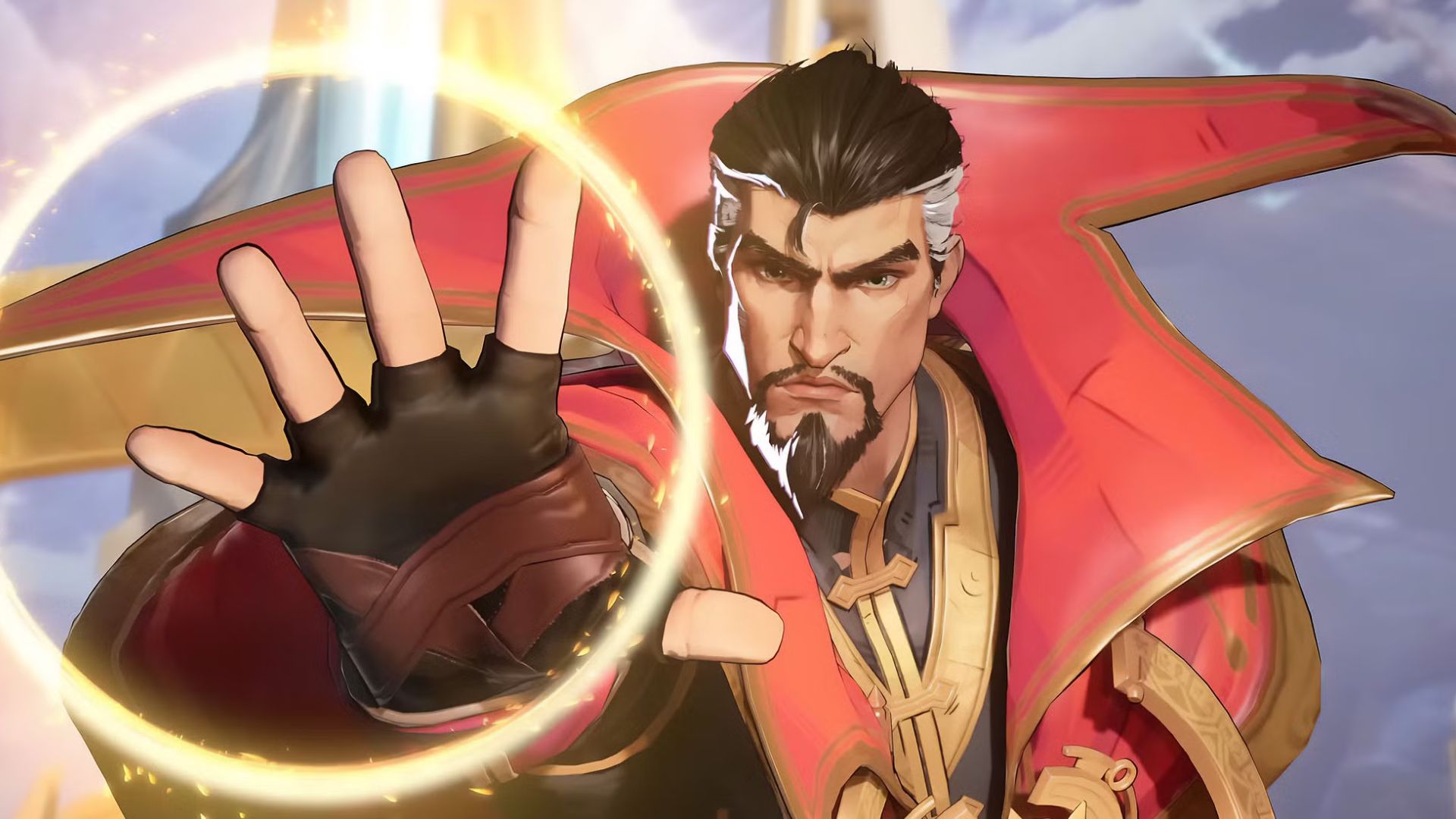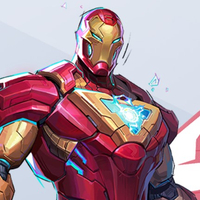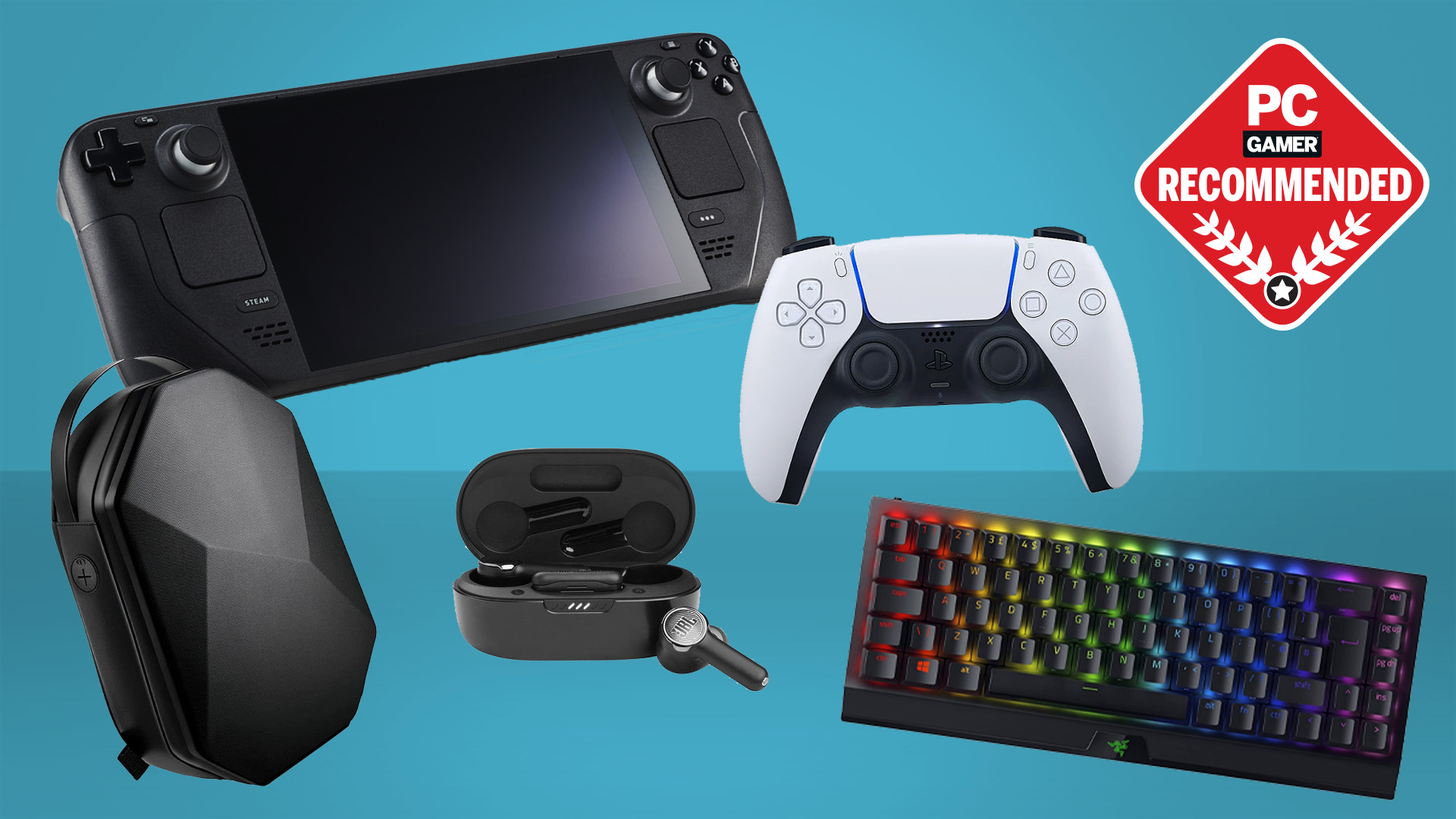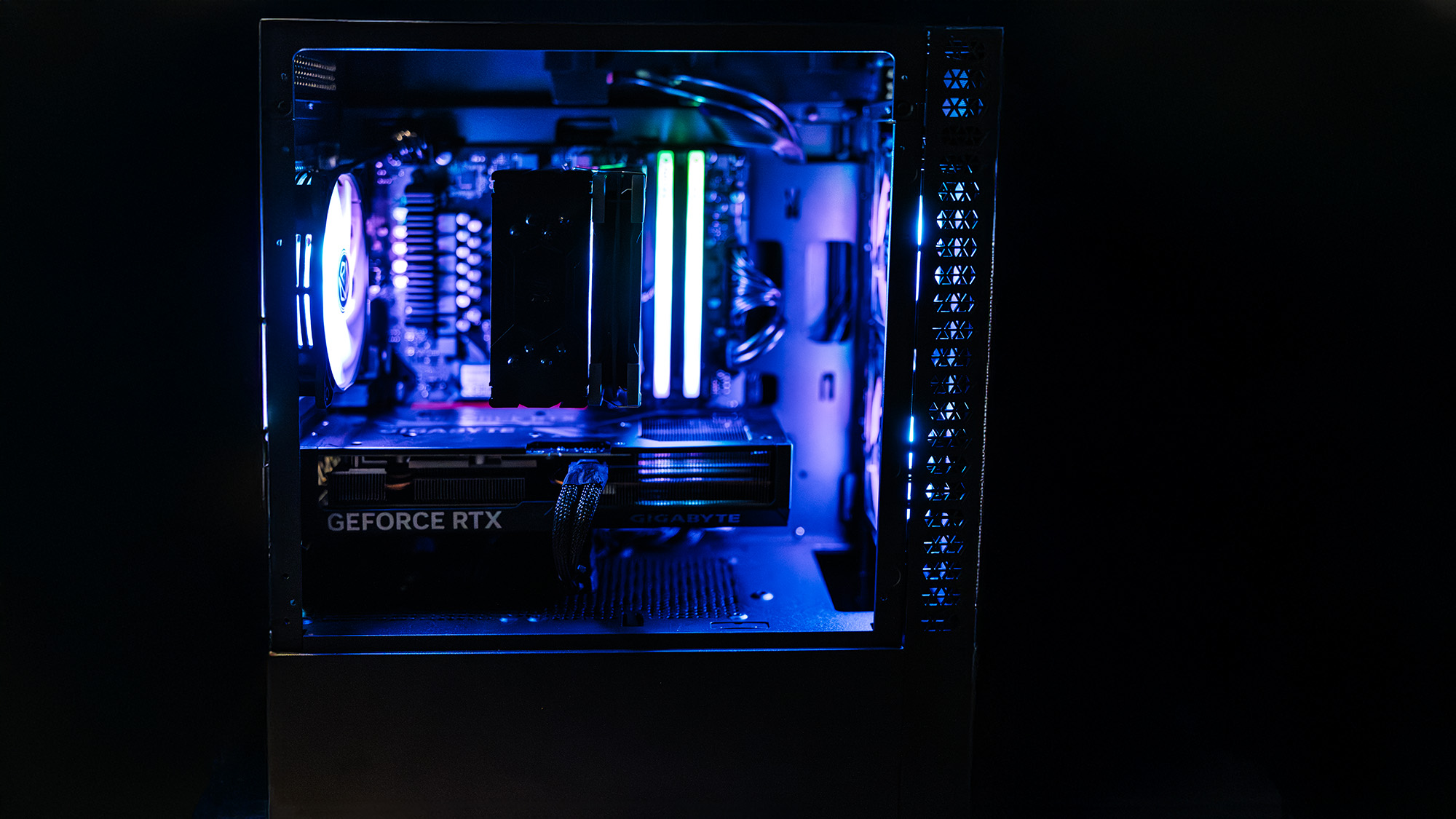
I never cease to be amazed by portals in video games. Even though the tech is nearly two decades old (and older still, if you include the use of portal rendering for hidden environment transitions in Thief and other early 3D games), Portal's seamless, real-time transitions through holes in space still feel like magic to me, and I love seeing it appear in other games too. One of the better uses of portals lately can be found in Marvel Rivals, where if you're playing as Doctor Strange, you can conjure portals in thin air and drop your entire team of superheroes on the heads of your foes.
It's a fantastic effect which, as explained by Rivals' technical lead designer Ruan Weikang, was extremely difficult to pull off. Weikang recently spoke to Epic Games about how NetEase used Unreal Engine 5 to recreate an Avengers movie's worth of superheroes, and he referenced the good doctor's space-folding abilities as one of the trickiest powers to replicate.
In the interview, Weikang starts by providing a broad overview of why Doctor Strange's portals "proved particularly challenging" to implement. "Creating portals that enable real-time spatial connections and bi-directional combat interactions not only presented complex gameplay implementation challenges, but also introduced unprecedented performance demands when combined with advanced graphics features".
The details of the technologies involved in Strange's portal conjuring come later in the chat. Weikang states that the portals were initially built using Unreal Engine 5's scene capture system, which essentially lets designers place a virtual camera in the world that captures live footage of a scene, deployable as a texture in in-game materials. However, Weikang says this approach "encountered significant performance limitations in complex combat scenarios", due to "substantial CPU wait states", Moreover, the fact that each portal essentially re-rendered the entire scene "creat[ed] a GPU overhead."
Instead, Weikang and the Rivals' team opted for a "modified ViewPort split-screen implementation", which folded portal rendering "directly into the main view pipeline". The reasons this helps are complicated, but they essentially ensure portal rendering happens much earlier in the scene-rendering process. This makes the portals less taxing on performance for several reasons, such as "minimising pixel overdraw" and "enhancing GPU efficiency".
There's one other interesting trick at play in Doctor Strange's magical wormholes. For representing the transition of heroes and ability effects through portals, Rivals "generates appropriate model and effect duplicates" while "managing proper occlusion for portal intersections". This is a fancy way of saying that anything passing through the portal gets a double spawned on the far side, while the original is removed in such a way as the transition appears seamless.
The end result, Weikang says, "successfully captures the essence of Doctor Strange's iconic abilities while adding meaningful tactical depth to gameplay, ultimately justifying the technical investment". It's a pretty wild amount of work to recreate one ability of one character, which gives you some idea why hero shooters, including the unfortunate Concord, are so astonishingly expensive to make.
The biggest gaming news, reviews and hardware deals
Keep up to date with the most important stories and the best deals, as picked by the PC Gamer team.
While we were highly sceptical of Marvel Rivals when we first played it in closed beta, it turned out to be a pretty entertaining slice of superpowered multiplayer shenanigans, (although its progression system still sucks). Elie ultimately afforded it a score of 73 in her review, praising its colourful combat and highly destructible maps, but pointing out that its massive roster of heroes is as much a curse as it is a blessing. "Balancing a roster of heroes is arguably one of the hardest things a live service hero shooter has to do, and Marvel Rivals has made things unnecessarily difficult for itself by starting off with so many instead of drip-feeding players."
Marvel Rivals tier list: Best characters for each role
Marvel Rivals ranks: How to climb in competitive
Marvel Rivals units: How to earn the currency
Marvel Rivals codes: Grab free gear and more
Marvel Rivals review: Hero shooter report
Rick has been fascinated by PC gaming since he was seven years old, when he used to sneak into his dad's home office for covert sessions of Doom. He grew up on a diet of similarly unsuitable games, with favourites including Quake, Thief, Half-Life and Deus Ex. Between 2013 and 2022, Rick was games editor of Custom PC magazine and associated website bit-tech.net. But he's always kept one foot in freelance games journalism, writing for publications like Edge, Eurogamer, the Guardian and, naturally, PC Gamer. While he'll play anything that can be controlled with a keyboard and mouse, he has a particular passion for first-person shooters and immersive sims.


